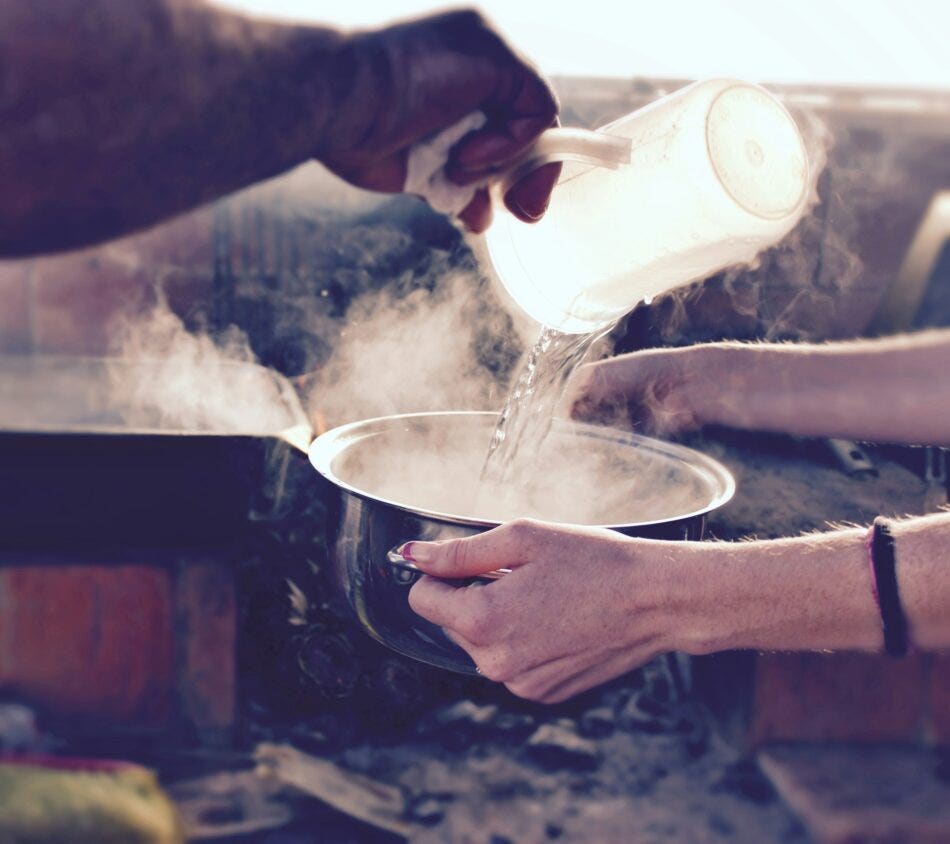Few things can turn a fun wholesome and inexpensive family time into a nightmare quicker than drinking bad water. In the interest of your family’s health and enjoyment of summer make sure that the water on your camping trip is safe to drink! In Canada provincial authorities often issue boil-water advisories (BWAs) which may apply to the water supply at your chosen campground so ensure you respect those advisories. Provincial parks and campgrounds will have notices posted on bulletin boards as well as by all water taps.
What is a Boil Water Advisory?
BWAs are issued when there is a reason to suspect that there may be a risk of water-borne bacteria in a water supply system. This may be due to inadequate filtration or disinfection at the water’s source or faults at any stage of the system from source to tap which may allow contamination to take place. BWAs are named as such because boiling drinking water (as well as water used for brushing your teeth and bathing babies and younger children) and allowing it to cool is a common and universally effective way to kill harmful bacteria.
How to Prepare for a Boil Water Advisory
Whether you’re in an RV or tent you need to bring your own clean water supply or a source of heat with enough fuel to boil all your drinking water. Don’t forget containers to boil your water in and larger containers for water storage.
Here’s how to make your water safe:
- Fill a pot with water.
- Heat the water until bubbles come from the bottom of the pot to the top.
- Once the water reaches a rolling boil let it boil for three minutes.
- Turn off the heat source and let the water cool.
- Pour the water into a clean container with a cover for storage.
At elevations of 2000 metres or more it is necessary to boil drinking water for at least three minutes in order to kill harmful bacteria while at lower elevations requiring boiling for at least one minute.
Those campers heading to more remote locations may wish to travel lighter and this means taking an alternative to the metal pots and large containers necessary for a supply of boiled water. There are a variety of chemical treatments available in tablet or liquid forms adding these to your drinking water and waiting a few minutes will get rid of the vast majority of pathogens that may be present in a water supply.
Water contamination may be more common in the spring and fall months so precautions against contaminated water are especially important during these times. Authorities may not be able to issue BWAs quickly enough in the face of rapidly changing weather conditions.
Expect the Unexpected
While you’re more likely to come across a water supply with an unnecessary BWA in place than to find a potentially dangerous supply with no warning the lack of a BWA does not absolutely guarantee the safety of a water supply. Also bear in mind that up-to-date information regarding BWAs is not always available online and different provinces have different policies regarding the public availability of advisories. In that case it is better to err on the side of caution. If in doubt speak to campground owners or managers for advice about drinking water supplies.

